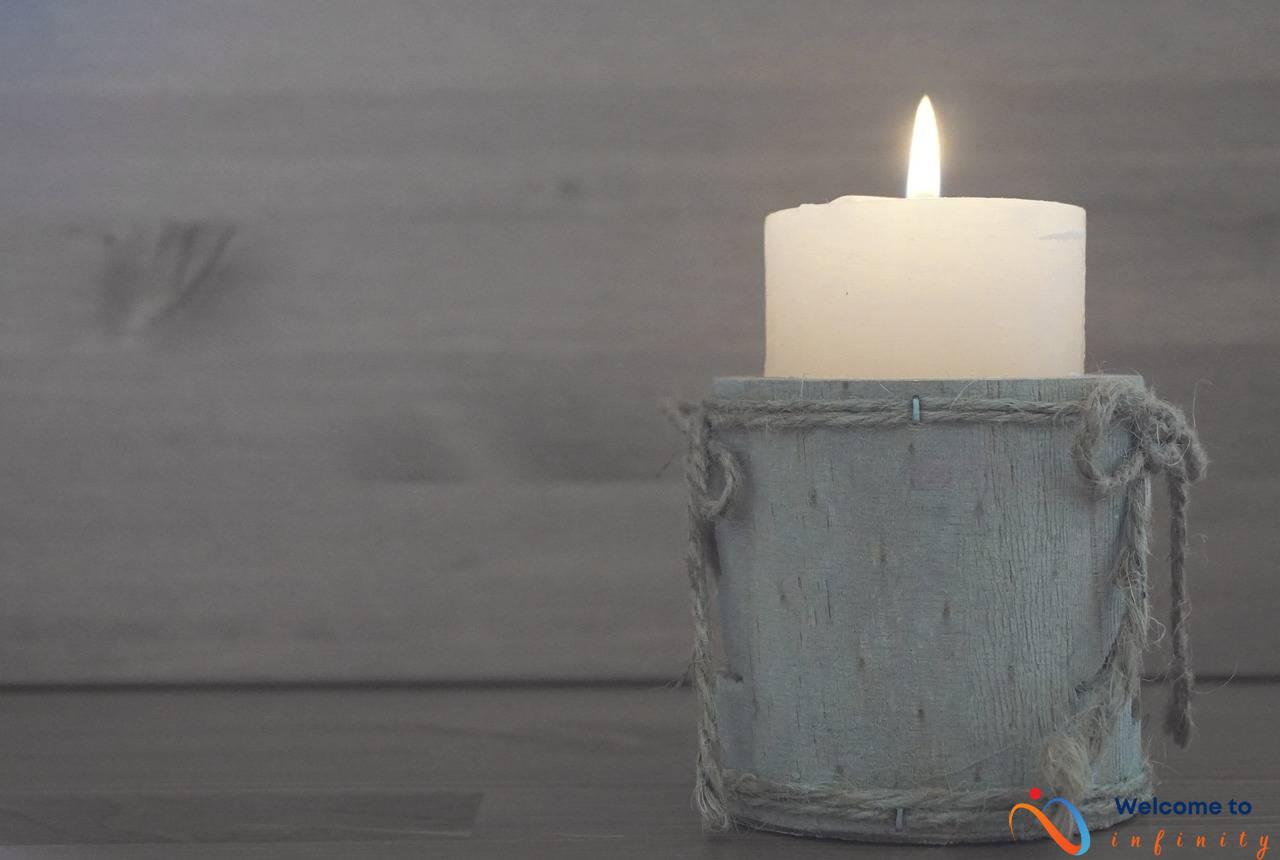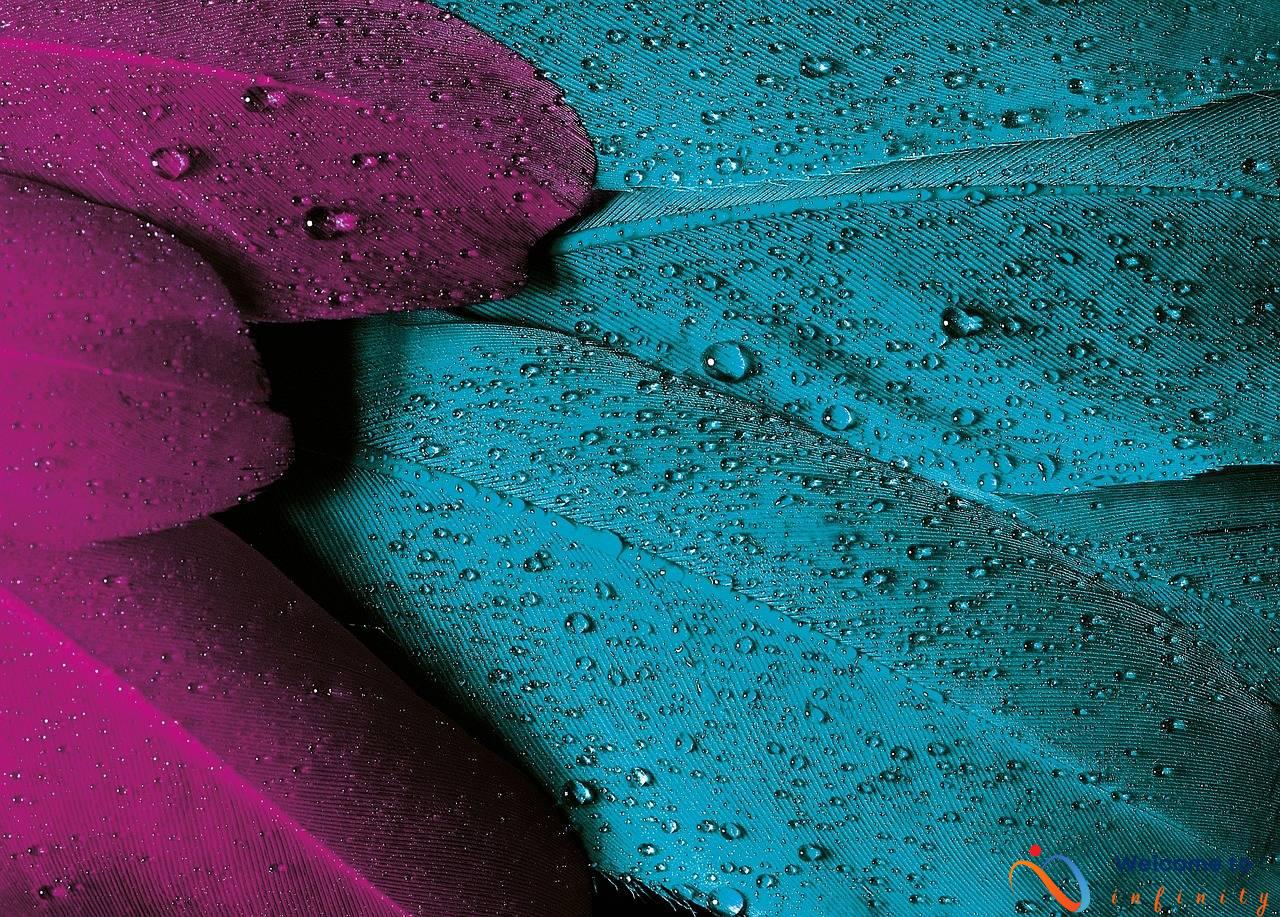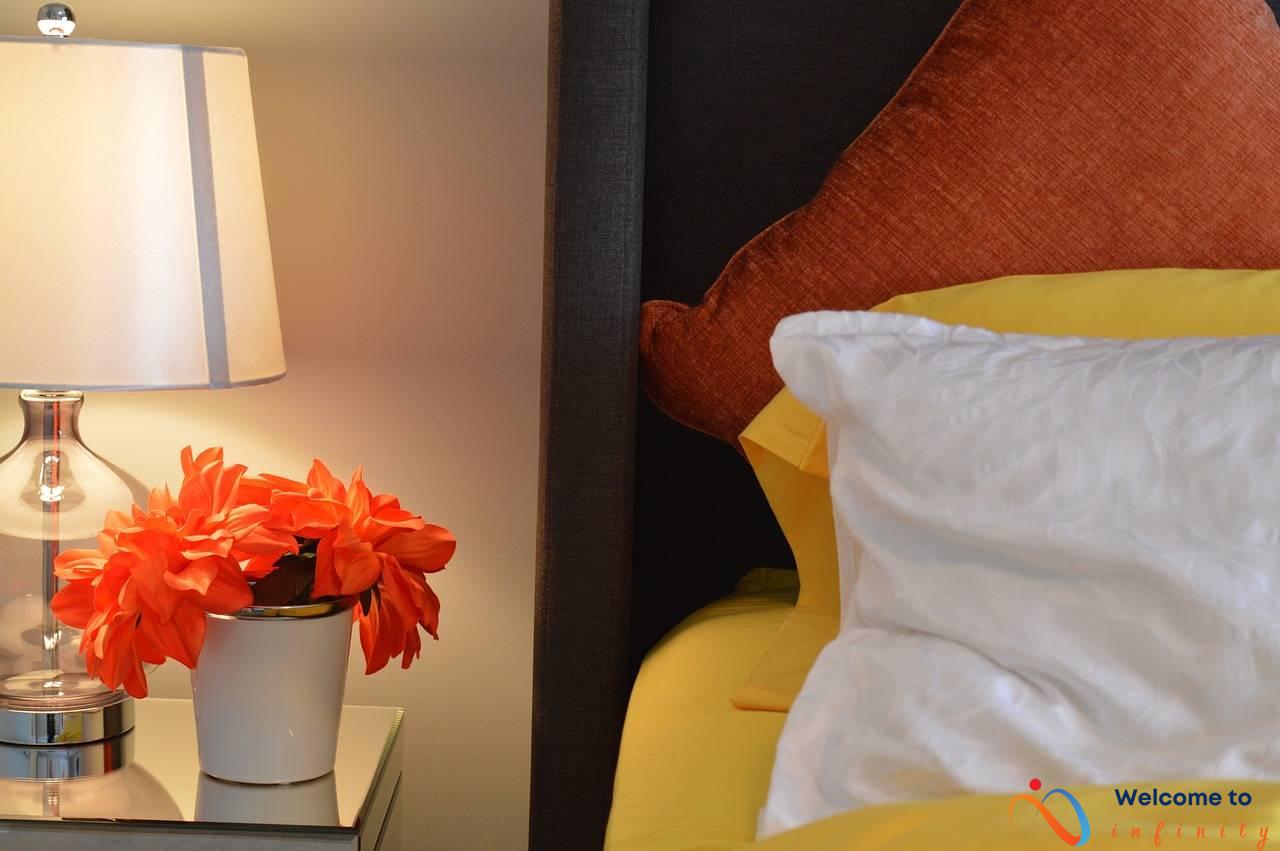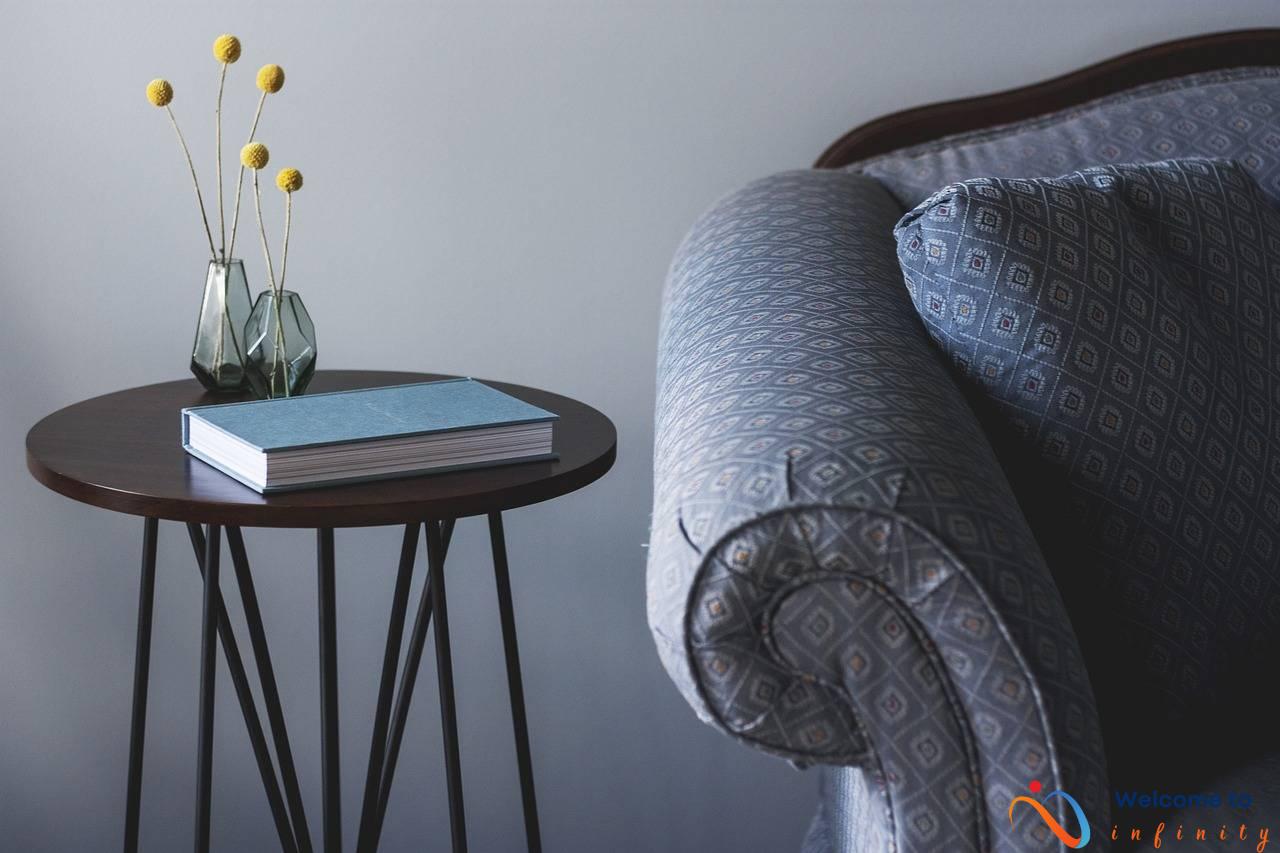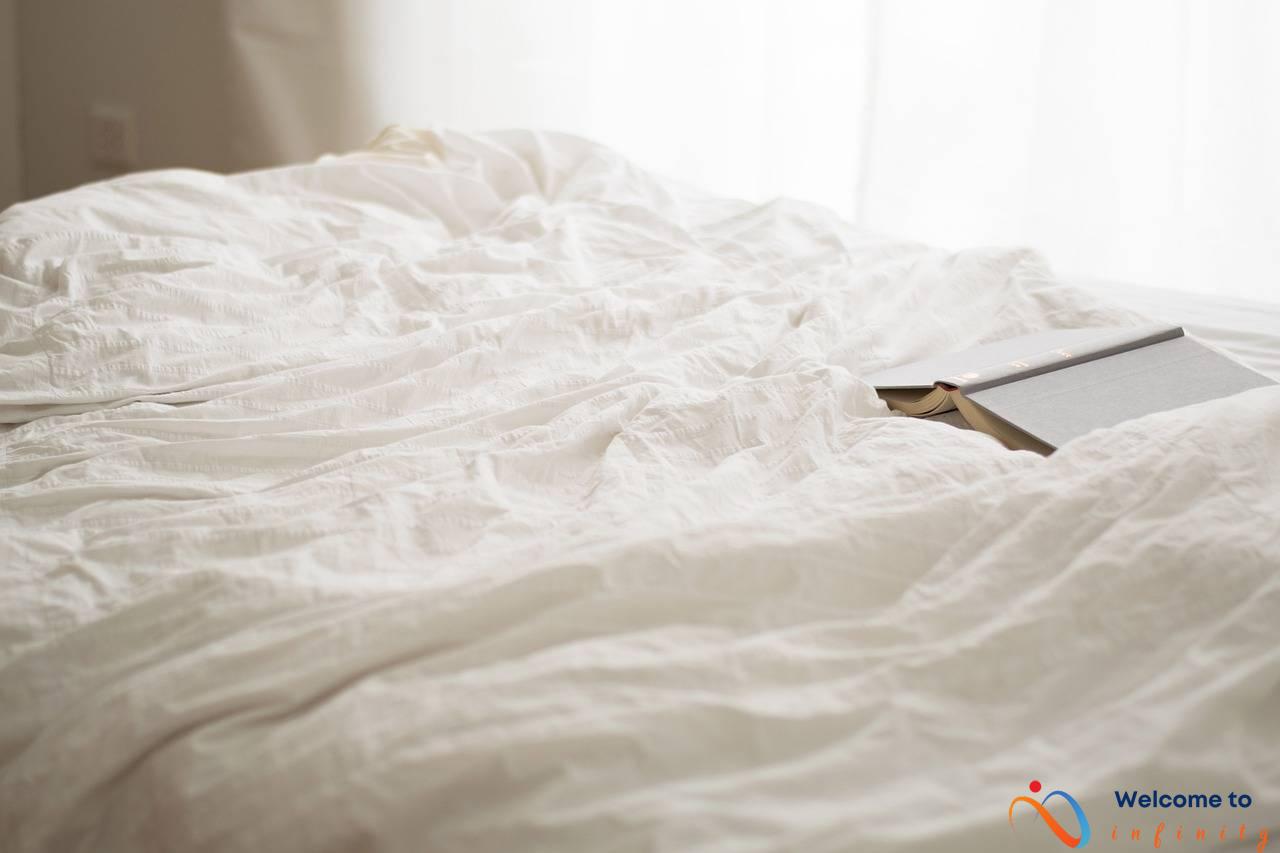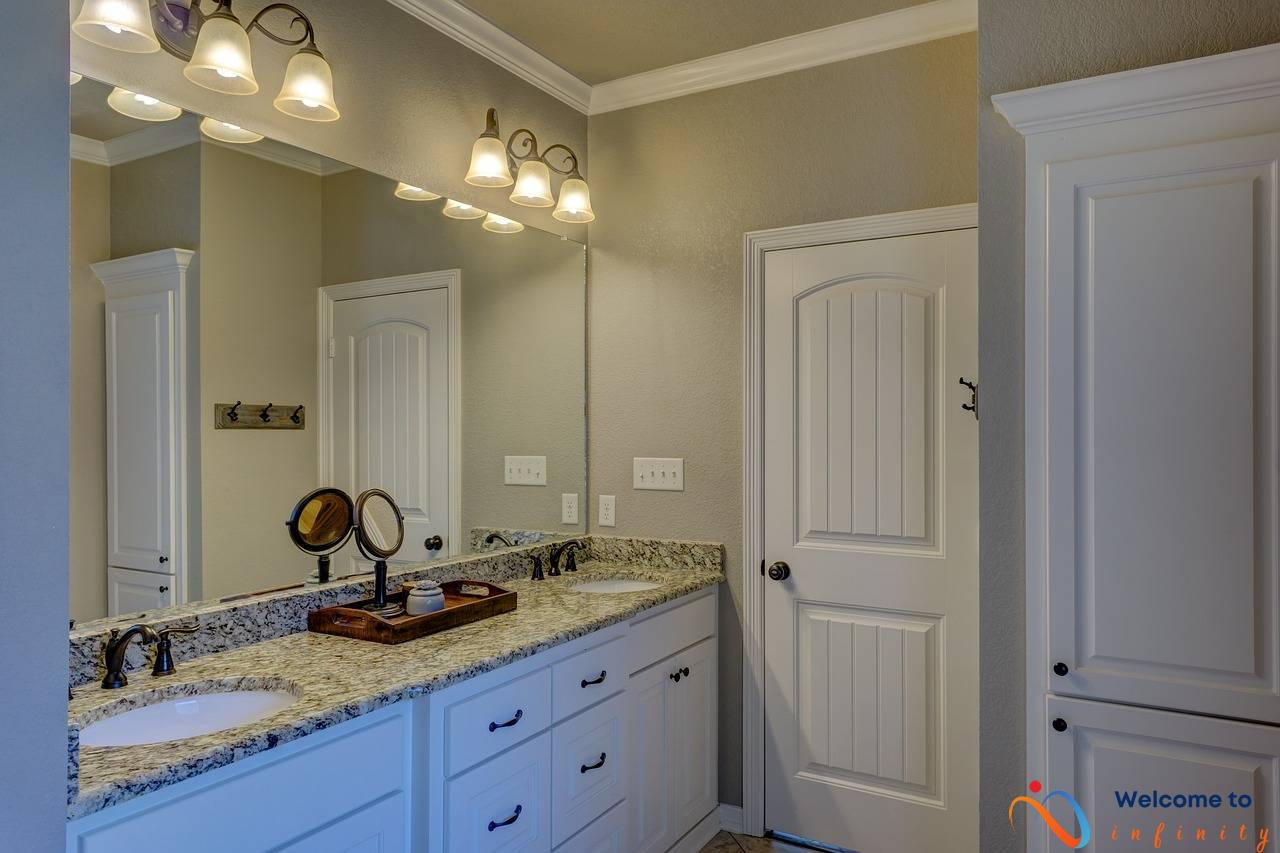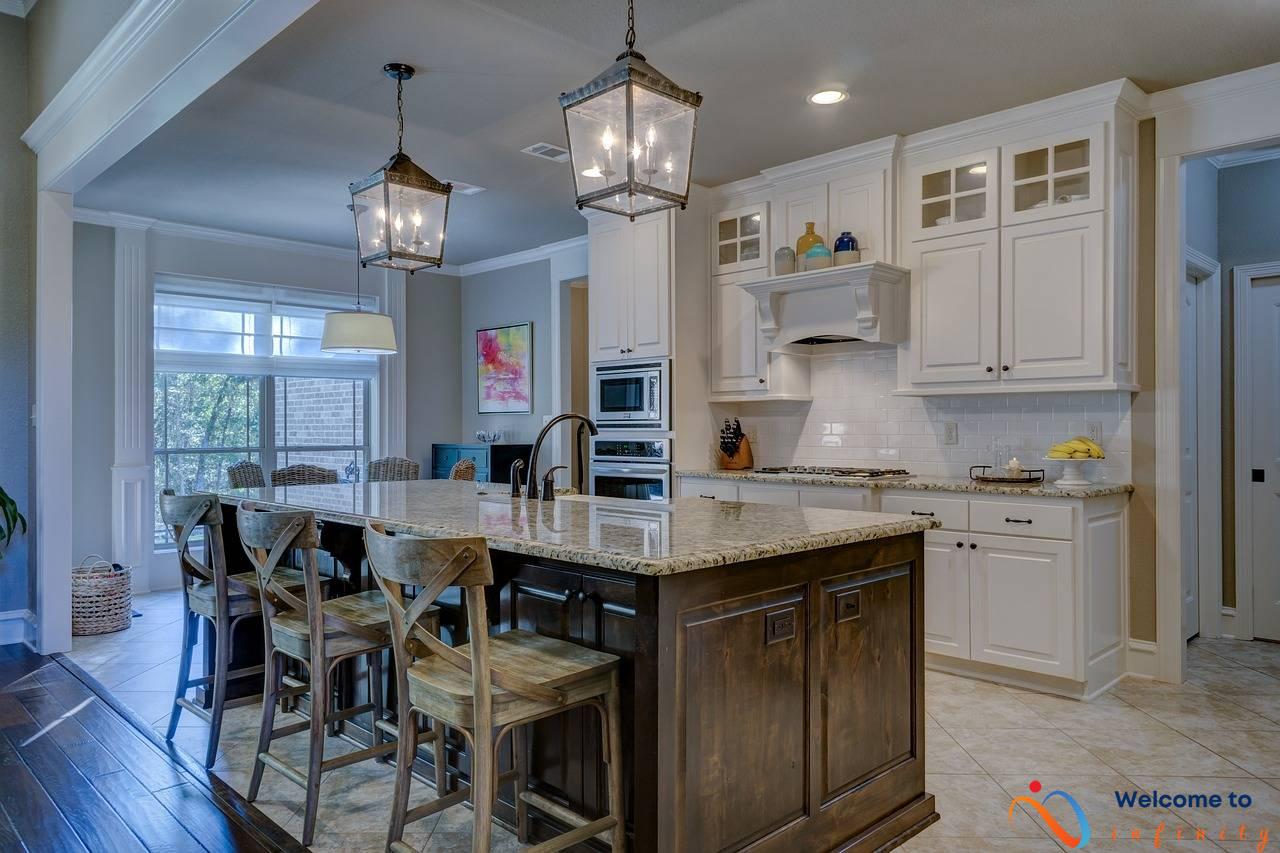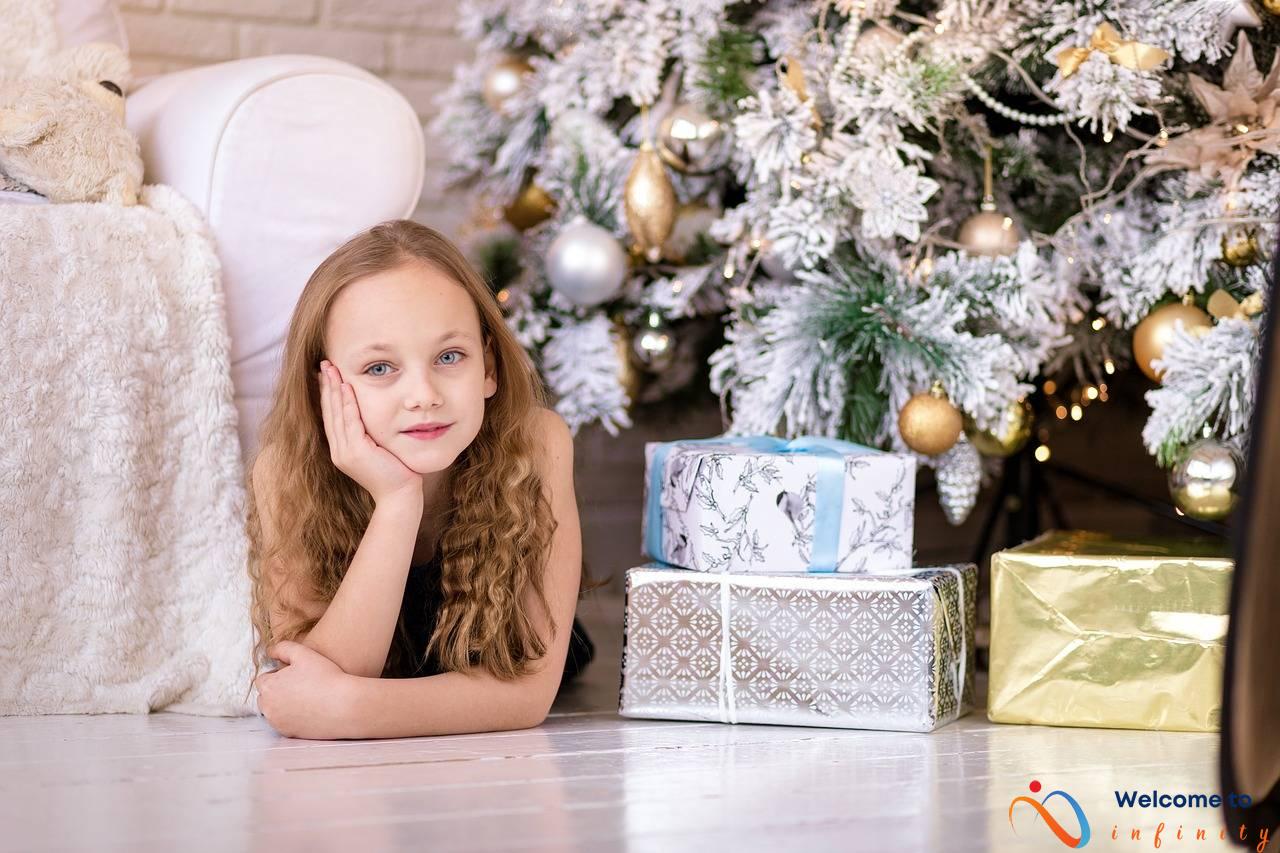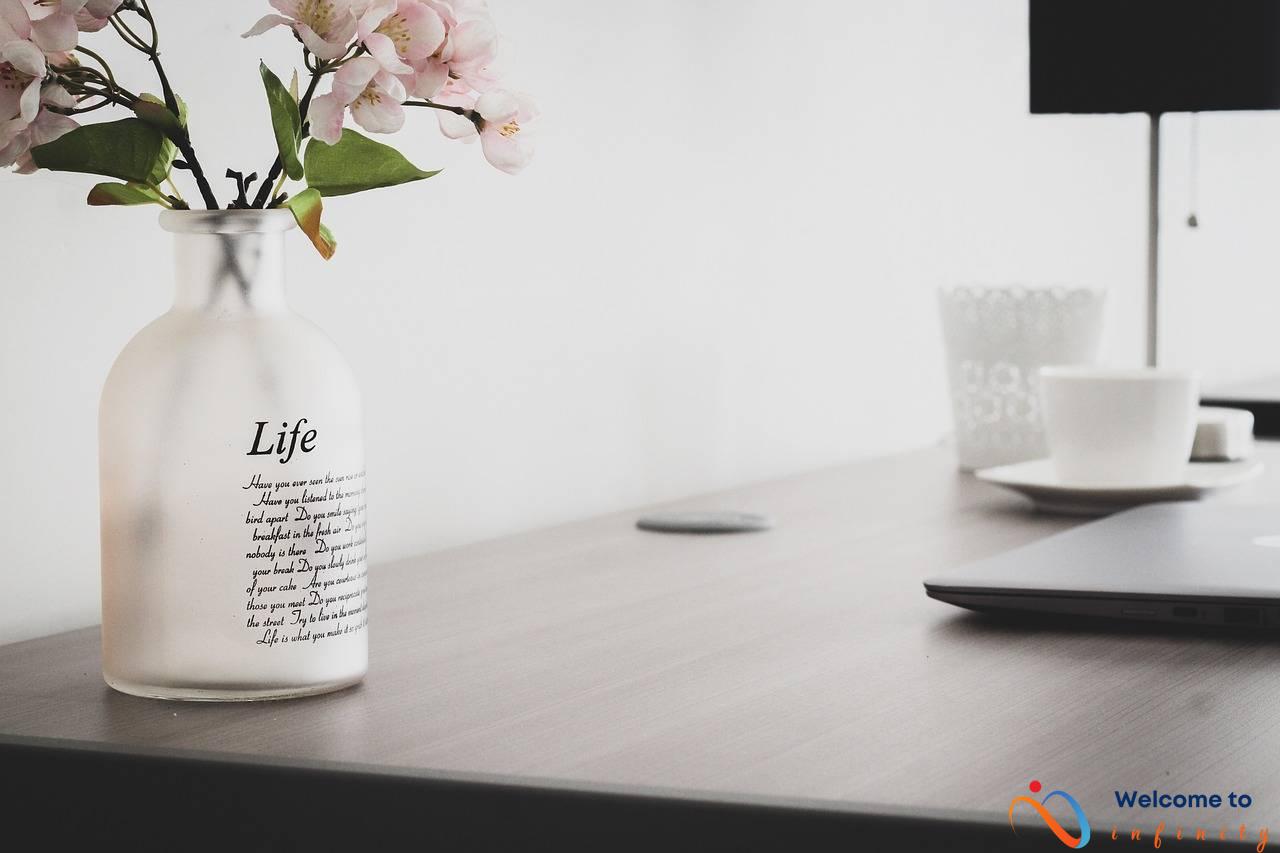If you're on the hunt for wall art ideas that will transform your living space, mid-century modern style is definitely worth considering. This design movement, which gained popularity in the mid-20th century, is characterized by clean lines, simple shapes, and a focus on functionality. But it's not just furniture and decor that fall under the mid-century modern umbrella; the art of this era is just as notable.
The great thing about mid-century modern wall art is how easily it can make a statement in any room. Bold and eye-catching, it can bring color, texture, and style to an otherwise plain wall. From abstract expressionism to pop art, there are many different types of mid-century modern wall art to choose from.
If you're a fan of the energetic and spontaneous, abstract expressionism may be your go-to. Artists like Jackson Pollock and Willem de Kooning pioneered this style, characterized by free-flowing brushstrokes and spontaneous marks on canvas. Color field paintings, like those by Mark Rothko and Helen Frankenthaler, are also popular in this genre, focusing on large-scale pieces with a focus on color. For a bolder, more dynamic look, gesture drawings by artists like Franz Kline and Joan Mitchell make a statement with their powerful brushstrokes and expressive lines.
If pop art is more your thing, there's a wealth of options to choose from. This playful and colorful art movement, which centers around popular culture and consumerism, is characterized by bright colors, bold graphics, and a sense of irony. The work of artists like Andy Warhol, Roy Lichtenstein, and Claes Oldenburg is instantly recognizable and still beloved today.
To make the most of mid-century modern wall art, it's important to consider how it will work with the rest of your decor. By mixing and matching different styles and textures, you can create a personalized and unique look that truly reflects your style. Bohemian-inspired rooms are perfect for mid-century modern art, as the combination of prints, patterns, and layers can bring a sense of bohemian romance to any space. Mid-century modern art can also add visual interest and warmth to minimalist spaces, and it can be combined with a variety of eclectic elements for a truly individualized look.
What is Mid-Century Modern Style?
Mid-century modern style is an art and design movement that emerged in the mid-20th century, from roughly the 1940s to the 1960s. This style emerged as a response to traditional, ornate decor and instead emphasized simplicity, functionality, and accessibility in design. Mid-century modern style is characterized by clean lines, geometric forms, and a focus on functionality as well as form.
Key elements of mid-century modern style include natural and organic materials, such as wood and leather, as well as mixed materials like metal and glass. Bold, contrasting colors and graphic patterns are also key features of mid-century modern design. In addition, mid-century modern style often incorporates references to nature and the space age, with elements such as atomic shapes and starburst designs.
In terms of art, mid-century modern style is credited with popularizing abstract expressionism, a movement marked by a freedom of expression and spontaneity in painting. Color field paintings, which utilize large areas of pure color to convey emotion, were another major development in mid-century modern art. Pop Art, which put an emphasis on popular culture and consumerism, was also a major force in the mid-century modern movement.
Incorporating mid-century modern style into your home decor can add a sense of timeless style and sophistication to your space. By utilizing natural materials, bold colors, and graphic patterns, you can create a look that is both chic and functional. Whether you prefer a minimalist or bohemian style, mid-century modern art and design can be mixed and matched to create a personalized look that is uniquely you.
Mid-Century Modern Wall Art Types
If you are looking to add some mid-century modern flair to your walls, there are several types of wall art to choose from within this genre. Two popular styles to consider are abstract expressionism and pop art.
Abstract expressionism is a style of modern art that emerged in the United States in the 1940s and 50s. This artistic movement is characterized by free-flowing, spontaneous brushwork and an emphasis on the process of painting. Two of the most well-known abstract expressionist artists are Jackson Pollock and Willem de Kooning.
Color field paintings are large-scale works that focus on color rather than recognizable imagery. Mark Rothko is one of the most famous color field painters, known for his hazy, rectangular paintings that often feature two or more fields of color. Helen Frankenthaler is another notable artist in this style, known for her use of poured paint and stained canvases.
Gesture drawings are characterized by energetic and bold brushstrokes. Artists like Franz Kline and Joan Mitchell are known for their use of gestural marks in their work. These pieces often have an emotional quality to them, with the marks capturing the artist's energy and spontaneity.
Pop art is a style that emerged in the 1950s and 60s in Britain and the United States. This movement was characterized by a focus on popular culture and consumerism, often incorporating recognizable imagery from everyday life into artworks. Some of the most well-known pop art artists include Andy Warhol and Roy Lichtenstein.
By choosing mid-century modern wall art that fits your personal style, you can add a touch of retro chic to your home décor.
Abstract Expressionism
Abstract Expressionism is a post-World War II art movement that emphasized free-flowing, spontaneous, and emotionally charged painting techniques. Artists like Jackson Pollock and Willem de Kooning were at the forefront of this movement, bringing a new level of experimentation to the art world.
The defining characteristic of abstract expressionism is the lack of a representational subject matter, instead focusing on the movement and physicality of the paint and the canvas. Color, texture, and the act of painting itself are viewed as the primary subjects of the artwork.
Two major types of abstract expressionism are color field paintings and gesture drawings. Color field paintings often feature large-scale canvases that are covered in a single color or multiple colors with little variation, often evoking a sense of calm or meditation. Artists like Mark Rothko and Helen Frankenthaler are well-known for this style. Gesture drawings, on the other hand, feature bold and energetic brushstrokes that are intended to convey spontaneity and a sense of action. Artists like Franz Kline and Joan Mitchell were celebrated for their gestural works.
Incorporating abstract expressionist wall art into your home can bring a sense of fluidity and movement to your space. Consider pairing a color field painting with a modern sectional sofa or using a gesture drawing as a statement piece above your bed.
Color Field Paintings
Color field paintings are a type of mid-century modern art that feature large-scale canvases with bold, saturated colors. The focus is on the colors themselves, rather than any specific subject matter, with the intention of creating an immersive experience for the viewer. This movement was popularized by artists like Mark Rothko and Helen Frankenthaler.
Rothko's paintings are known for their large expanses of color that seem to blend into one another in a subtle way. His use of color was meant to evoke emotional responses from the viewer. Frankenthaler's paintings, on the other hand, often featured dripped or poured paint, creating a more organic and fluid effect.
One way to incorporate color field paintings into your home decor is to use them as a statement piece on a large, blank wall. A single painting with bold colors can add a pop of personality to any room. Another option is to create a gallery wall of color field paintings in a variety of sizes and colors. This can create a visually striking focal point in your living space.
When choosing a color field painting, think about the mood you want to create in your room. Do you want a calming effect? Look for paintings with blue or green hues. Want to add warmth? Choose paintings with warm yellows, oranges, or reds. The possibilities are endless with color field paintings, making them a versatile choice for any home decor style.
Gesture Drawings
Gesture drawings are a prominent feature of mid-century modern wall art that emerged during the 1940s and 1950s. These artworks are characterized by bold and energetic brushstrokes that usually depict the movement of the artist's hand. Franz Kline and Joan Mitchell are two prominent mid-century modern artists renowned for their gesture drawings.
Gesture drawings are often created using charcoal or ink and are typically large in scale. These artworks exude a sense of spontaneity and freedom that is characteristic of the mid-century modern movement.
When incorporating gesture drawings into your home decor, consider the scale and placement of the artwork. Large, statement pieces work well in open living spaces or rooms with high ceilings. Additionally, black and white gesture drawings can add a touch of drama to any space.
If you are looking to create a gallery wall featuring mid-century modern wall art, consider including a few gesture drawings to add texture and movement to the collection.
The bold and spontaneous nature of gesture drawings make them a popular choice for those looking to add a touch of mid-century modern flair to their homes. By incorporating gesture drawings into your decor scheme, you can achieve an artful and eye-catching look that is sure to impress.
Pop Art
If you want to add a vibrant and playful touch to your home, pop art is the perfect mid-century modern style to explore. Pop art emerged in the 1950s and 60s as a response to consumer culture and the rise of mass media. It celebrates popular culture and everyday objects through bright colors and bold shapes.
One of the most famous pop artists is Andy Warhol, known for his colorful silk-screened images of celebrities like Marilyn Monroe and Elvis Presley. Roy Lichtenstein is another notable pop artist, recognized for his comic book-style paintings featuring bold primary colors and thick black outlines.
To incorporate pop art into your home, consider hanging a print of a famous pop art piece on your wall. You can also look for colorful and quirky decor items, such as a bright yellow and red Campbell's soup can sculpture or a neon sign with a pop art-inspired phrase.
If you want to take it up a notch, try creating your own pop art-inspired piece. Take a photograph or object from popular culture (think a fast food logo or a vintage toy) and experiment with bright colors and graphic shapes. The possibilities are endless!
Mixing Mid-Century Modern Art with Other Styles
Mid-century modern wall art is a great way to add a pop of personality and style to your home decor. But, how do you mix it with other styles to create a cohesive and personalized look? Here are a few tips:
- Bohemian Style: Mix mid-century modern wall art with textiles, patterns, and layers for a bohemian-inspired look. Pair a colorful abstract expressionist painting with a vintage rug and a few plants for a comfortable and eclectic space.
- Minimalist Style: While mid-century modern design and minimalism may seem to be opposing styles, they can actually complement each other quite well. Try pairing a simple color field painting with a neutral color scheme for a clean and modern look.
- Eclectic Style: Embrace your unique style by mixing mid-century modern wall art with other eclectic elements. Combine a pop art print with vintage furniture and modern accents for a one-of-a-kind look that truly represents your personality and taste.
Remember, the key to mixing styles is to find pieces that complement each other. Look for elements that are similar in color, shape, or texture. Above all, have fun and create a space that makes you happy!
Bohemian Style
If you are into the bohemian style, mid-century modern art can be a fantastic addition to your decor. Mixing the bold and vibrant mid-century modern wall art with textured textiles, patterns, and layered elements can create an eclectic and bohemian-inspired look.
Start by choosing a mid-century modern art piece with rich colors and abstract designs. Pair it with patterned throw pillows, blankets and rugs in warm colors like reds, oranges, and yellows. Bohemian style is all about textures, so consider a woven wall hanging or a macrame piece to add depth to the space.
Another great way to incorporate the mid-century modern art into a bohemian space is to create a gallery wall. Display a mix of different mid-century modern wall art pieces along with other bohemian-inspired decor such as dream catchers, woven baskets, and colorful Moroccan lanterns.
If your space lacks natural light, make sure to add plenty of warm, soft lighting. Consider a mix of table and floor lamps with warm-colored shades or string lights on the gallery wall.
Bringing together the mid-century modern art and bohemian decor can create a colorful, cozy, and inviting ambiance in your home. Remember to play around with different combinations to create a personalized space that speaks to your unique style and personality.
Minimalist Style
Minimalism is a design trend that emphasizes simplicity and functionality. If you're a fan of this style but find it a bit cold, consider adding some mid-century modern art to your space. The clean lines, organic shapes, and warm colors of this genre can help balance out the sparseness of a minimalist interior.
When adding mid-century modern art to a minimalist space, it's important to choose pieces that are bold enough to stand out against a neutral background. Large, abstract paintings with a limited color palette are a great choice for this. Place them on a wall opposite a piece of furniture, like a sofa, to create a focal point in the room.
If paintings aren't your thing, consider adding a mid-century modern print to your space. These can be found in a variety of styles, from abstract to figurative, and are often less expensive than original pieces. When choosing a print, look for one with a simple composition and a few bold colors that can play off the muted tones of your minimalist decor.
To keep the focus on your mid-century modern art, keep other decor elements to a minimum. Use simple, functional furniture and accessories with clean lines. Stick to a neutral color palette with small accents of bright, warm colors that echo the hues in your art.
In conclusion, adding mid-century modern art to a minimalist space is a great way to create visual interest and warmth. Stick to bold, abstract pieces or simple prints with a few bold colors. Keep other decor elements to a minimum and choose functional furniture and accessories with clean lines. With these tips, you can create a perfectly balanced interior that combines the best of both design styles.
Eclectic Style
If you're a fan of mixing and matching different styles, then the eclectic style is perfect for you. It allows you to combine mid-century modern wall art with other unique elements to create a look that's truly your own.
To achieve this look, start by selecting a bold and colorful mid-century modern wall art piece as the focal point of the room. Then incorporate other elements that are a mix of modern and vintage. For instance, you can bring in a vintage rug with a modern coffee table, or a contemporary lamp with an antique chair.
Don't be afraid to experiment with different textures, patterns, and colors. For example, you can pair a mid-century modern painting with a Moroccan-inspired rug, or a pop art print with a velvet sofa. Using different materials and textiles will add depth and interest to your space.
When it comes to decor accessories, the eclectic style is all about showcasing unique and quirky pieces that reflect your personality. Don't shy away from mixing different styles and eras. For instance, you can add a vintage vase with a modern sculpture, or a tribal mask with a contemporary clock.
To tie everything together, make sure to balance your eclectic pieces with neutral backgrounds and simple lines. This will help create a cohesive and harmonious look, despite the mix of different styles and elements.
The eclectic style may seem like a mishmash of different design elements, but when done right, it can create a truly bespoke and personalized space. So let your creativity run wild, and have fun experimenting with different design styles and elements.

